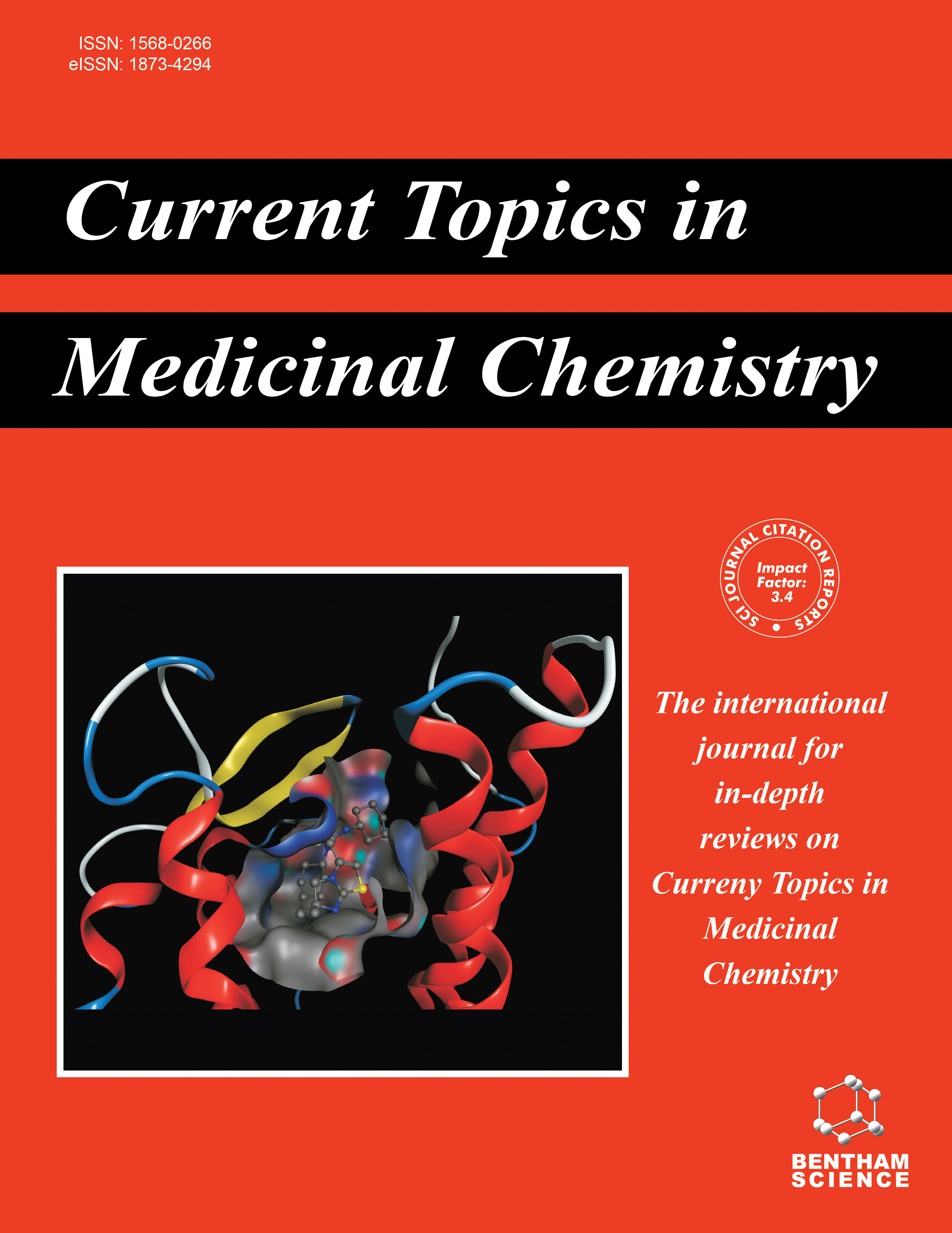
Full text loading...

Amarogentin is a secoiridoid glycoside that was initially isolated from the medicinal plant Swertia chirayita. It is well-known for its formidable bitter characteristics and the varied pharmacological actions it possesses. Especially in both conventional and modern medical practices, this molecule has garnered considerable attention due to its enormous therapeutic potential. Amarogentin possesses a wide range of biological actions, some of which include functions that are hepatoprotective, anti-inflammatory, anti-cancer, anti-diabetic, and antibacterial. The hepatoprotective function it possesses is achieved by enhancing antioxidant defense systems and reducing liver damage caused by toxins. It is believed that the ability of amarogentin to block pro-inflammatory mediators, such as TNF-α and IL-6, is responsible for its anti-inflammatory properties. The stimulation of apoptosis and the reduction of cancer cell proliferation in various tumor models are two additional ways in which it demonstrates promising anti-cancer potential. The anti-diabetic activity of amarogentin is characterized by the modification of glucose metabolism as well as an improvement in insulin sensitivity. To enhance the therapeutic efficacy of amarogentin, further research is needed to investigate its bioavailability and stability in the human body. This is despite the fact that it possesses a wide range of pharmacological advantages. There are formulation options that could improve its pharmacokinetic profile. Some examples of these strategies are nanoparticle delivery systems and derivatization. In general, amarogentin exhibits a great deal of promise as a natural therapeutic agent for the treatment of liver diseases, cancer, and metabolic disorders. Accordingly, there is a need for further research into the mechanisms underlying its clinical applications and potential uses.

Article metrics loading...

Full text loading...
References


Data & Media loading...